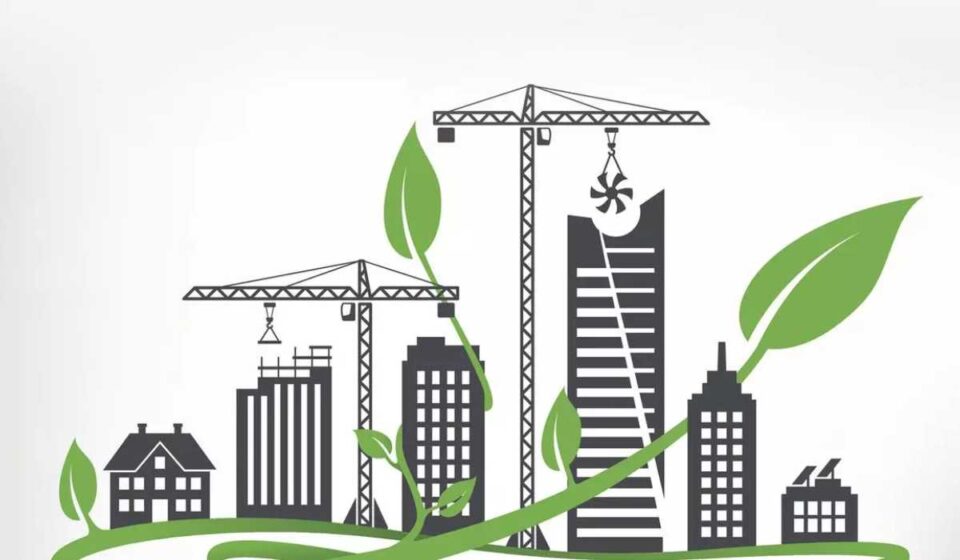Steel production, responsible for around 7-9% of global CO2 emissions, is one of the most carbon-intensive industries. However, the advent of green steel—produced using renewable energy and innovative technologies—promises to revolutionize the sector. By adopting sustainable practices, green steel could significantly reduce emissions, playing a crucial role in meeting global climate targets. With industries like automotive and construction heavily reliant on steel, the shift to greener alternatives is not only environmentally necessary but also increasingly demanded by stakeholders.
Several companies are leading the charge in the green steel movement, utilizing technologies such as hydrogen-based production, electric arc furnaces (EAFs) powered by renewable energy, and carbon capture methods. Swedish company Hybrit and German-based Salzgitter AG are at the forefront, pioneering the use of hydrogen to replace coal in steelmaking. These companies aim to produce carbon-neutral steel by 2035, setting a precedent for the industry. Investments from automakers like BMW and Mercedes-Benz in green steel projects show the growing interest from industries that depend on cleaner supply chains.
Data highlights the potential impact: the global green steel market is projected to grow at a compound annual growth rate (CAGR) of 9.5% over the next decade, driven by rising demand for sustainable materials. Studies estimate that switching to green steel could reduce global emissions from steel production by up to 50% by 2050. Additionally, companies investing in green steel could see long-term cost savings as carbon taxes and stricter regulations come into effect, making traditional steel production more expensive.
The implications for industries like automotive and construction are vast. Automakers, for example, are under increasing pressure to reduce the carbon footprint of their entire supply chains. Green steel offers a solution, allowing them to continue using steel while meeting sustainability goals. The construction sector, responsible for massive steel consumption, is also moving toward green building practices, where green steel will play a pivotal role in future infrastructure projects.
As the demand for sustainable materials grows, businesses must prepare for green steel’s role in decarbonizing industrial supply chains. Early adopters stand to benefit not only from regulatory compliance but also from enhanced brand reputation and long-term economic advantages. As the technology matures and costs decline, green steel is poised to become the standard for industries seeking to reduce their environmental impact while maintaining competitive performance.


